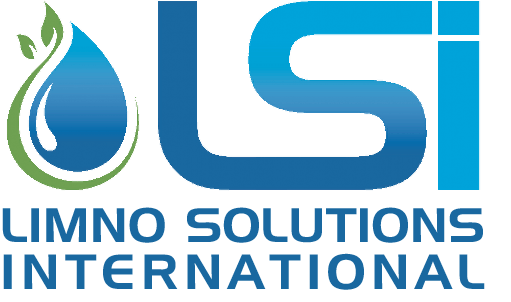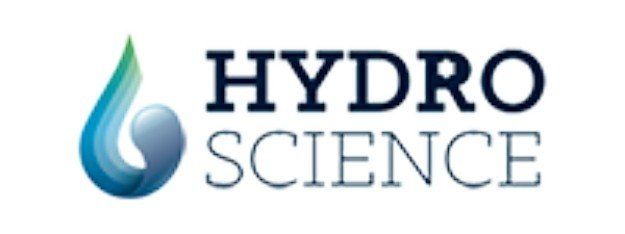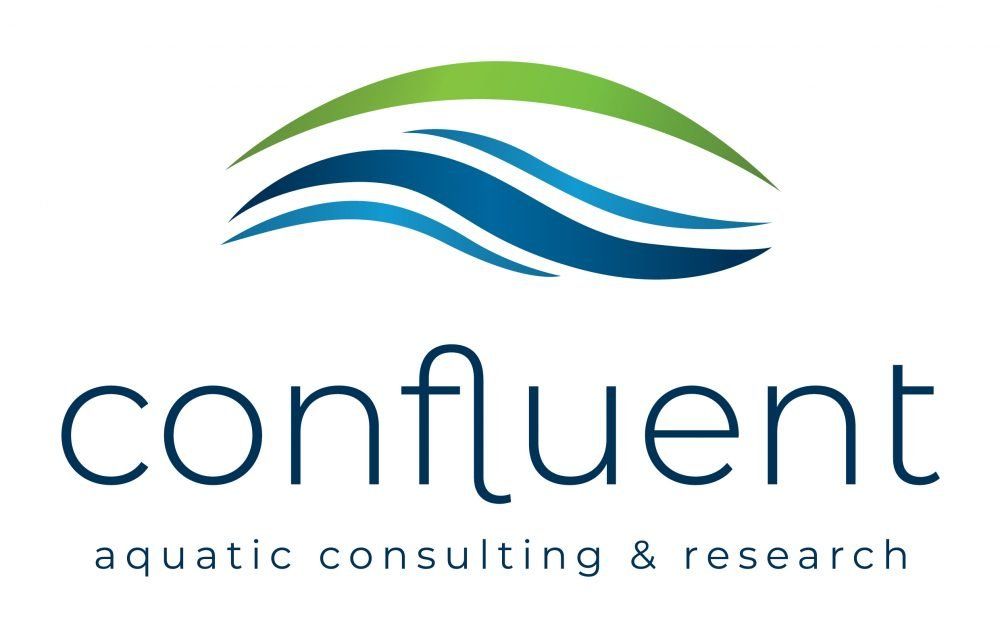Projects
Case studies highlighting a selection of the projects LSI has headed up.
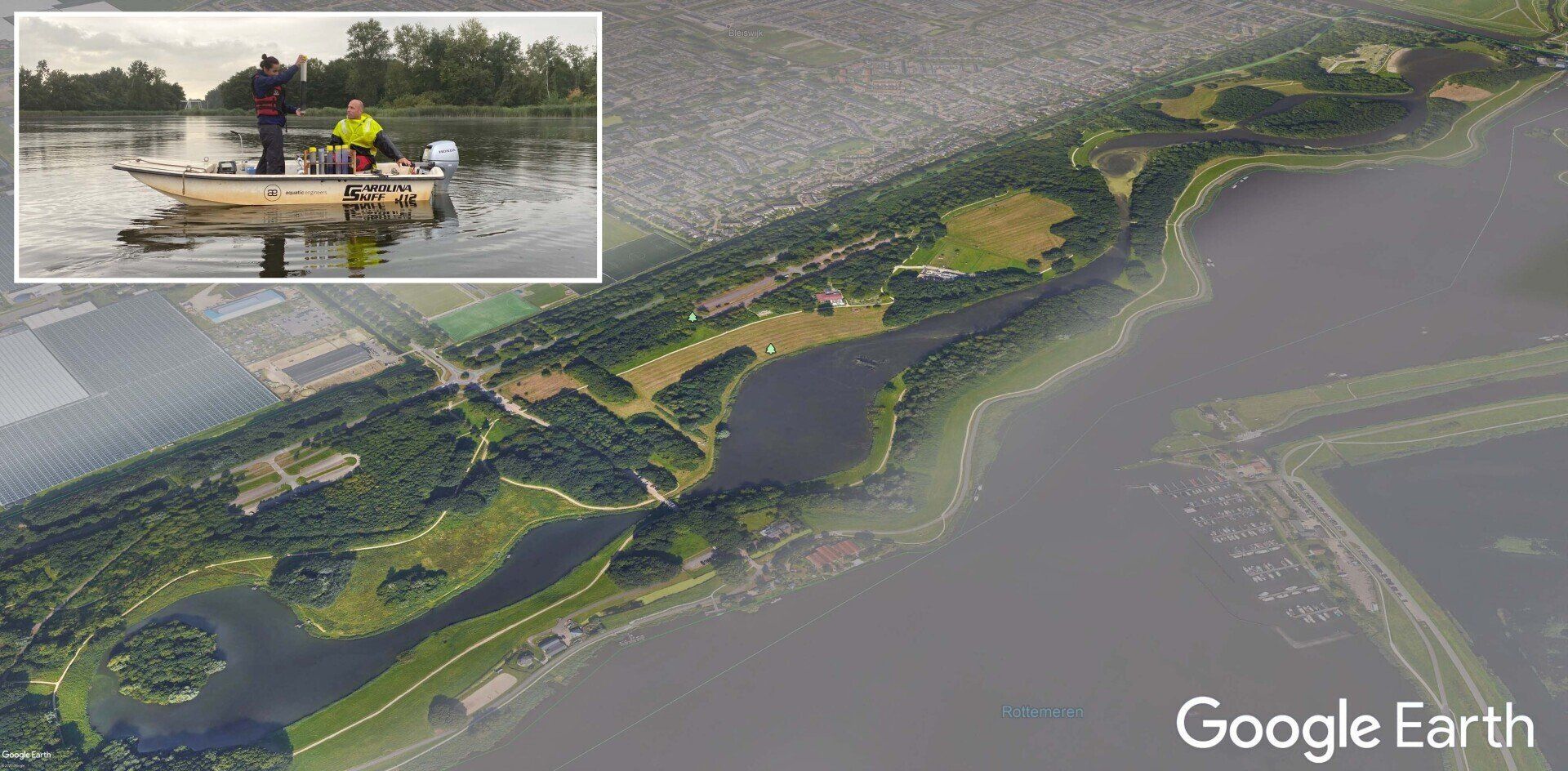
Client: The HHSK Water Board (Hoogheemraadschap Schieland en Krimpenerwaard) and J.P. Schilder BV
Date: October 2020 – March 2021
Between October 2020 and March 2021, LSI was awarded two contracts to assess water and sediment quality in the Bleiswijkse Zoom, a shallow and hypertrophic lake near the City of Rotterdam in the Netherlands. Over the years, a thick layer of organic rich sediment had accumulated in the lake, triggering a range of problems including poor water quality, reduced biodiversity in the aquatic plant community and periodic blooms of cyanobacteria.
In order to overcome these problems, the HHSK Water Board decided to implement a number of measures, including the removal of the top layer of soft, unconsolidated sediment and the application of a P binder (Phoslock) to prevent phosphorus release from sediments and bind any phosphate released through the dredging.
Prior to the commencement of the dredging, LSI was contracted by the HHSK to undertake a comprehensive monitoring program to assess water quality and determine the different phosphorous concentrations in the sediments of the lake. The information generated through this study was then used by the HHSK in the development of the specifications for the dredging tender and to calculate the optimal dosage of the P binder that was to be used – in this case, Phoslock.
The dredging contract was subsequently awarded to Dutch company, J.P. Schilder BV who, in turn, awarded a second contract to LSI aimed at determining the quantity of releaseable phosphorus that was removed from the lake through the dredging and the quantity that remained (in the consolidated sediment below the targeted layer and in overspill).
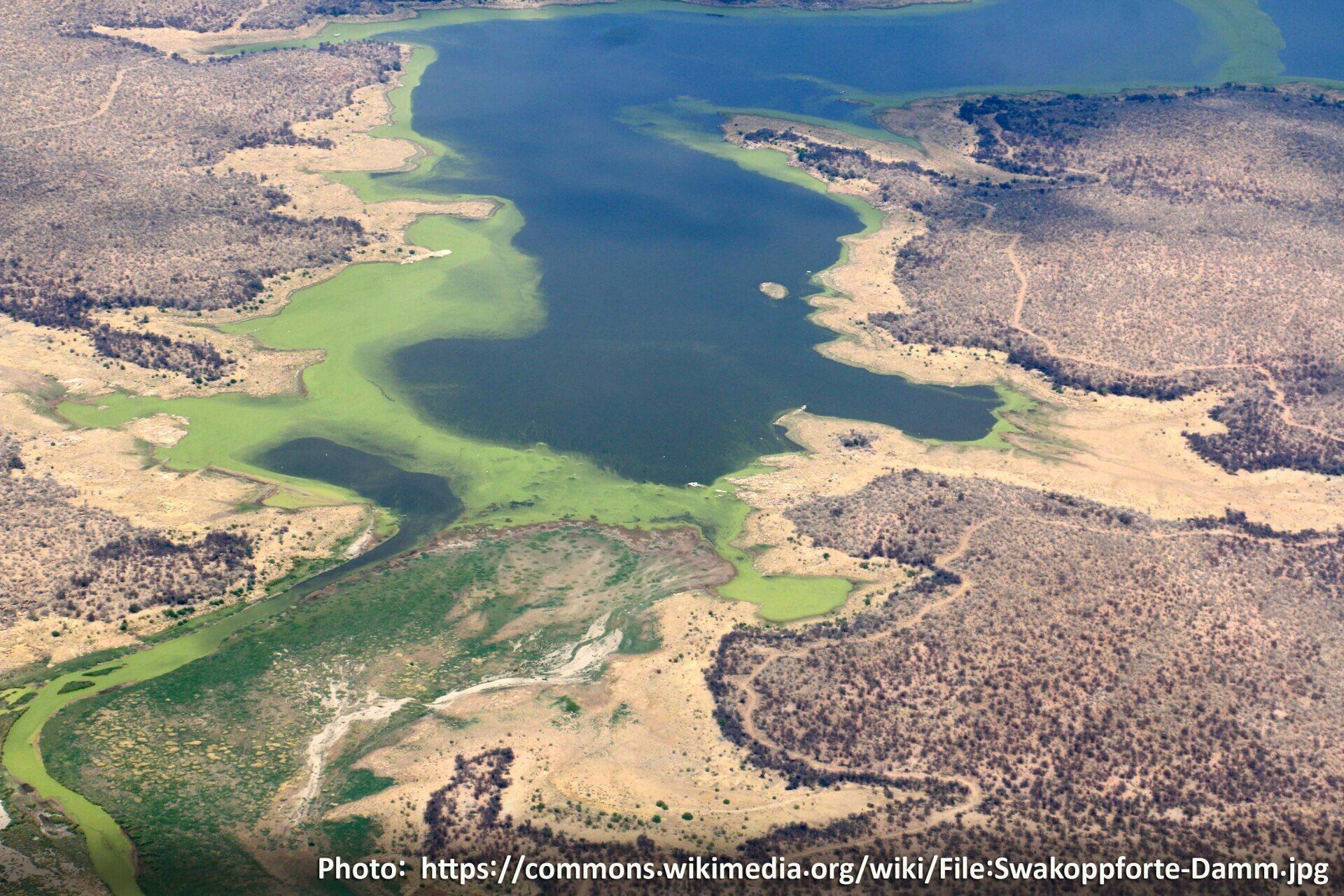
Client: Confluent Environmental and NamWater
Date: February 2021
Situated 65km to the northwest of Windhoek in Namibia, the Swakoppoort Dam is one of three reservoirs designed to ensure the drinking water supply of the capital city. The catchment area of 5,480km2 is arid land and therefore only feeds the dam during short intervals during the rainy season. As a result the water levels change dramatically. Massive blue-green algae develop in the lake regularly due to the high availability of nutrients which enter the dam from inflows and from internal P loading.
LSI was commissioned by Confluent Environmental and NamWater in February 2021 to quantify the internal P load in Swakoppoort so that management measures for the dam could be developed. So that this work could be undertaken, sediment samples were collected from the reservoir by Confluent limnologists and couriered to LSI in the Netherlands. The samples were then analysed according to the sequential phosphorous extraction method (Psenner 1984) so that the bio-available and potentially bio-available fractions of phosphorous within the sediments could be determined.
The final data was then used to calculate the total amount of phosphorous that could be potentially released and to draw up a series of recommended measures that could be implemented in order to alleviate the poor water quality.
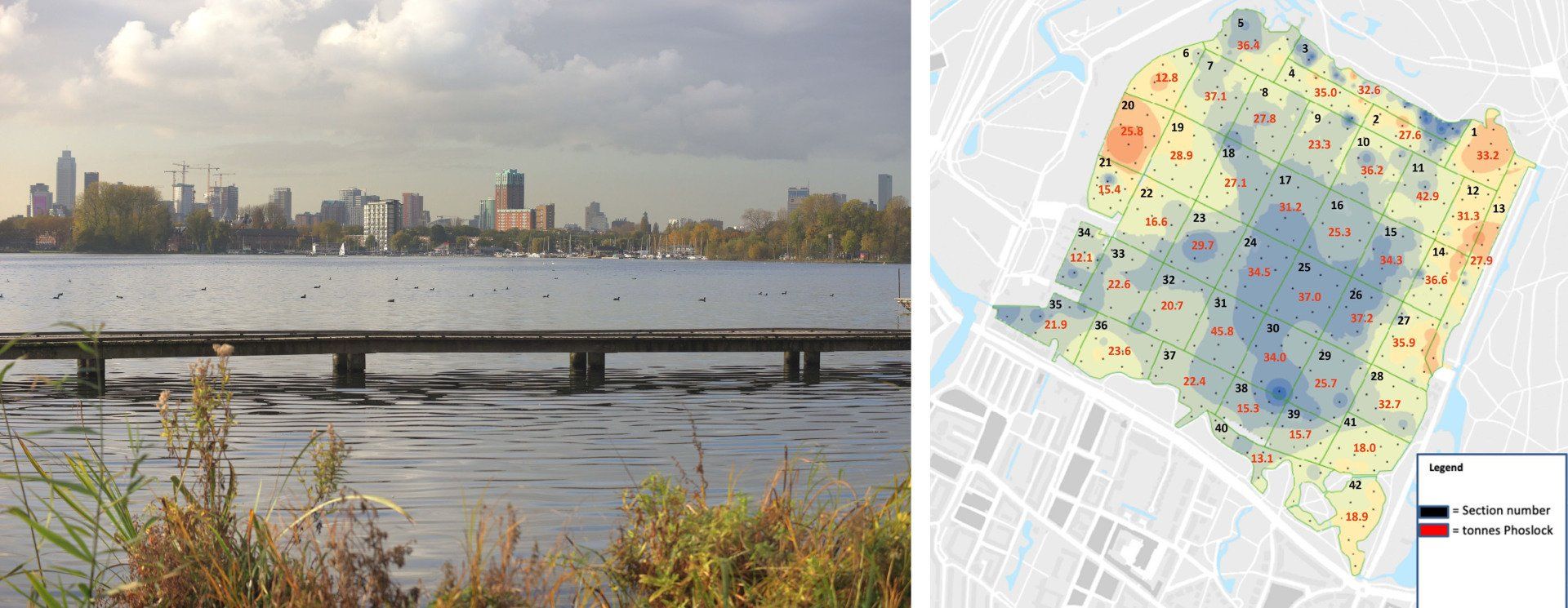
Client: The City of Rotterdam (Gemeente Rotterdam)
Date: March 2021
The Kralingse Plas is a hugely popular 100 ha recreational lake set within the ‘Kralingse Bos’ in Rotterdam, which has been suffering from blue-green algal blooms for a number of years.
In March 2021, LSI undertook a large scale sampling program at the Kralingse Plas at the request of the City of Rotterdam. The lake was sectioned into 42 zones with 10 sediment core samples being taken from each section as well as integrated water samples taken from 5 separate locations. Given the size of the sampling program and the challenges of sampling on a large Dutch lake in mid-winter, three boats were used and an experienced sampling team consisting of two samplers per boat was assembled.
The sediment analysis subsequently undertaken in the laboratory consisted of two components: (1) an investigation to determine the mobile phosphorous pool in the top 10 cm sediment layer of each zone and (2) a determination of the physical and chemical sediment characteristics in terms of dry weight, density, organic content and a number of other parameters.
The study showed that there was 10.56 tonnes of releasable phosphorus in the top sediment layers of the Kralingse Plas.
This figure was subsequently used to calculate the required dosage of Phoslock which was applied to the lake in November 2021 over a four week period, following a very detailed dosage plan drawn up by LSI.
- To assess water quality along the length of the canal with a particular emphasis on
- indicators of eutrophication
- To establish potential sources of nutrients and other relevant water quality parameters along the length of the canal
- To recommend specific remediation measures aimed at improving the water quality and trophic status of the canal
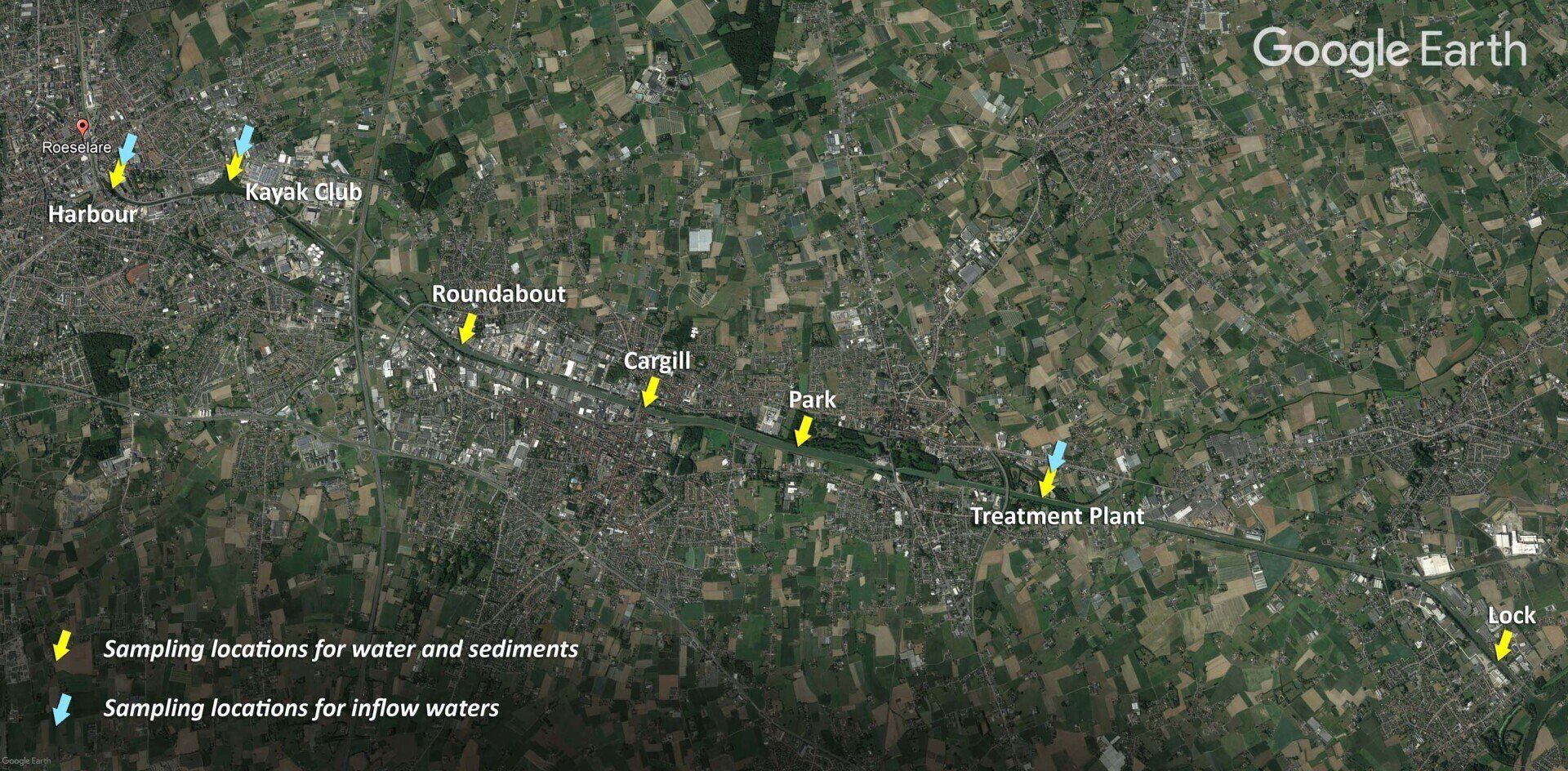
Client: De Vlaamse Waterweg
Date: March – October 2021
The Roeselare-Leie Canal connects the municipalities of Roeselare, Kachtem, Izegem, Emelgem and Ingelmunster with the Leie Canal in West Flanders and is part of a water system connecting France with the Flemish ports for inland waterway traffic. Many large industrial complexes from the agricultural, food, textile and energy industries are located along the length of the 16.5 km canal which is used as a supply route and for transporting goods.
In recent years, cyanobacterial blooms of increasing size and duration have been observed in the canal and it is likely that this can be attributed to the poor water quality. Nutrients entering the canal from the rural catchment as well as from point sources and sediments have resulted in a hypertrophic situation and associated restrictions in the recreational use of the canal. In recent years, bans on swimming and kayaking, water skiing and other water activities have needed to be issued. The use of the canal for fishing, irrigation and water supply for cattle has also been prohibited.
Between March and October 2021, LSI was commissioned by the Flemish entity with responsibility for inland waterways in Flanders (De Vlaamse Waterweg) to develop and implement a comprehensive water quality and sediment monitoring program with the following aims:
Physical, chemical and biological parameters along with cyanobacterial monitoring and a visual and sensory (smell) examination were documented for the water samples at 7 pre-determined locations along the canal (see accompanying photos) over a six month period.
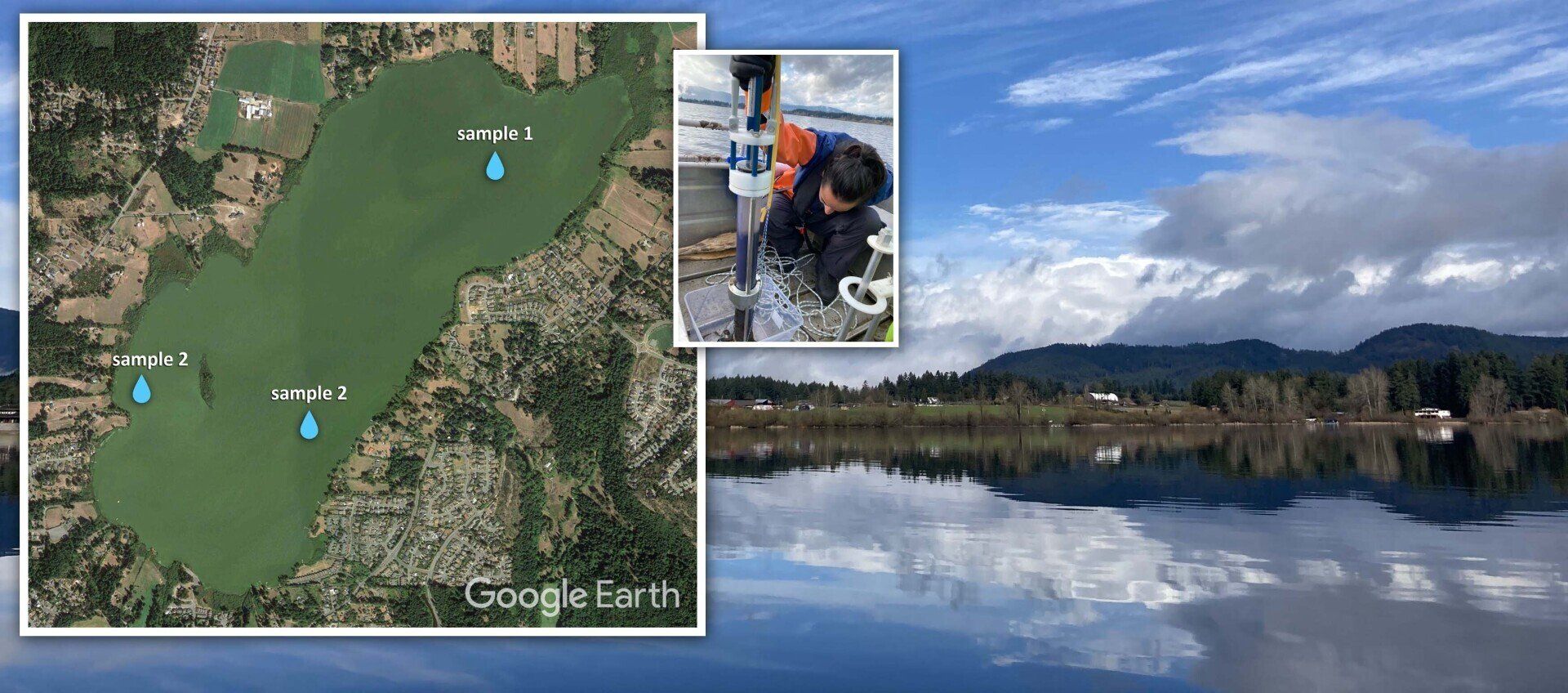
Client: Municipality of North Cowichan
Date: March 2022
Lake Quamichan is a 313 ha lake on Vancouver Island in British Columbia. Since at least the 1930s the lake has been subject to undesirable blue-green algal blooms that are believed to have been caused by the high concentration of phosphorous stored in the lake after many years of run-off from forested, farmed and developed lands in the Quamichan watershed. In 2016, the Municipality of North Cowichan (Quamichan Lake Health | Municipality of North Cowichan) set up a task force to research ways to reduce the prevalence of toxic algae blooms in the future.
In late 2021, LSI was contracted by the Municipality to obtain more detailed information relating to sediment phosphorous concentrations so that the total pool of mobile P could be determined, a potential Phoslock dose defined and recommendations for future management measures made.
With the assistance and support of the Municipality, the lake was sampled by LSI’s Dr Maira Mucci in January 2022 for water and sediment in three locations (as shown in photo above) and sediment was collected at three different depths. LSI subsequently analysed the potentially available phosphorous pool by exposing the lakes sediment to different reagents.
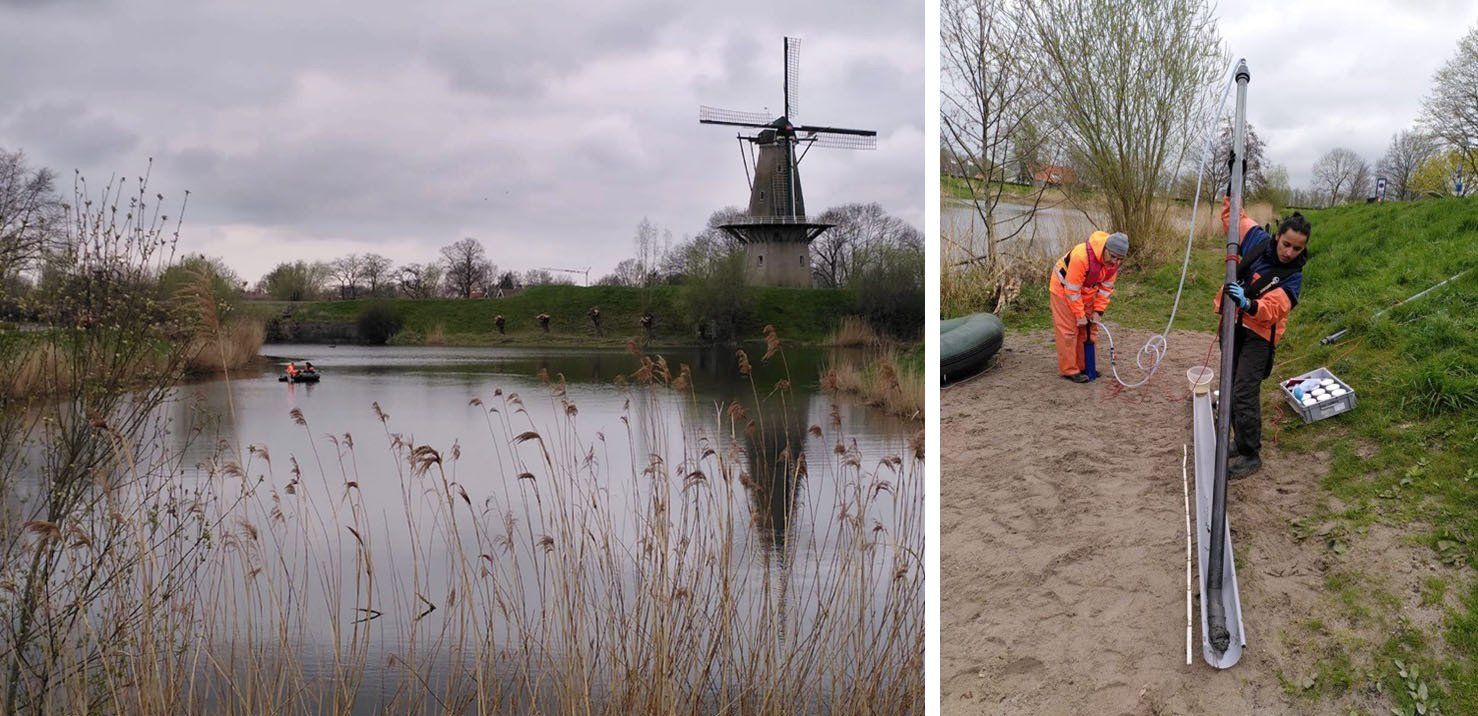
Client: Witteveen & Bos
Date: March / April 2022
The Loevesteingracht is a small and shallow lake fed by groundwater. It is a separated part of the moat, and water from the River Waal can only enter during flooding events. The lake has an area of 1.6 ha and a maximum depth of 1.4m. The lake has a thick organic sediment layer up to 1.95m deep which is a source of nutrients released into the water column. Due to the use of the lake for fishing and as a practice area for carp anglers, the removal of soft sediments was proposed as a measure to substantially increase the water depth, improve water quality and increase oxygen concentrations to suitable levels for carp.
However before giving the go ahead to proceed with any dredging, the municipality of Altena wished to have certainty in relation to sediment release before proceeding.
LSI were commissioned by project leaders Witteveen & Bos to carry out an analysis of the sediments with particular focus on ‘potentially releasable phosphorous’. This analysis was undertaken to determine the phosphorous concentrations in the different sediment layers so that mitigation measures could be developed and optimised. This work was also conducted to identify the forms in which phosphorous is bound within the sediments.
Water samples were taken at three locations in each area of the lake, and a total of 18 sediment cores were taken in all three parts of the lake (6 cores from each site) using a three meter vacuum corer as can be seen in the accompanying photos. A sediment sample was taken from each of four sections of the core and these samples were then couriered to an accredited laboratory where dry weight, loss of ignition at 550 and 800°C and density were measured.
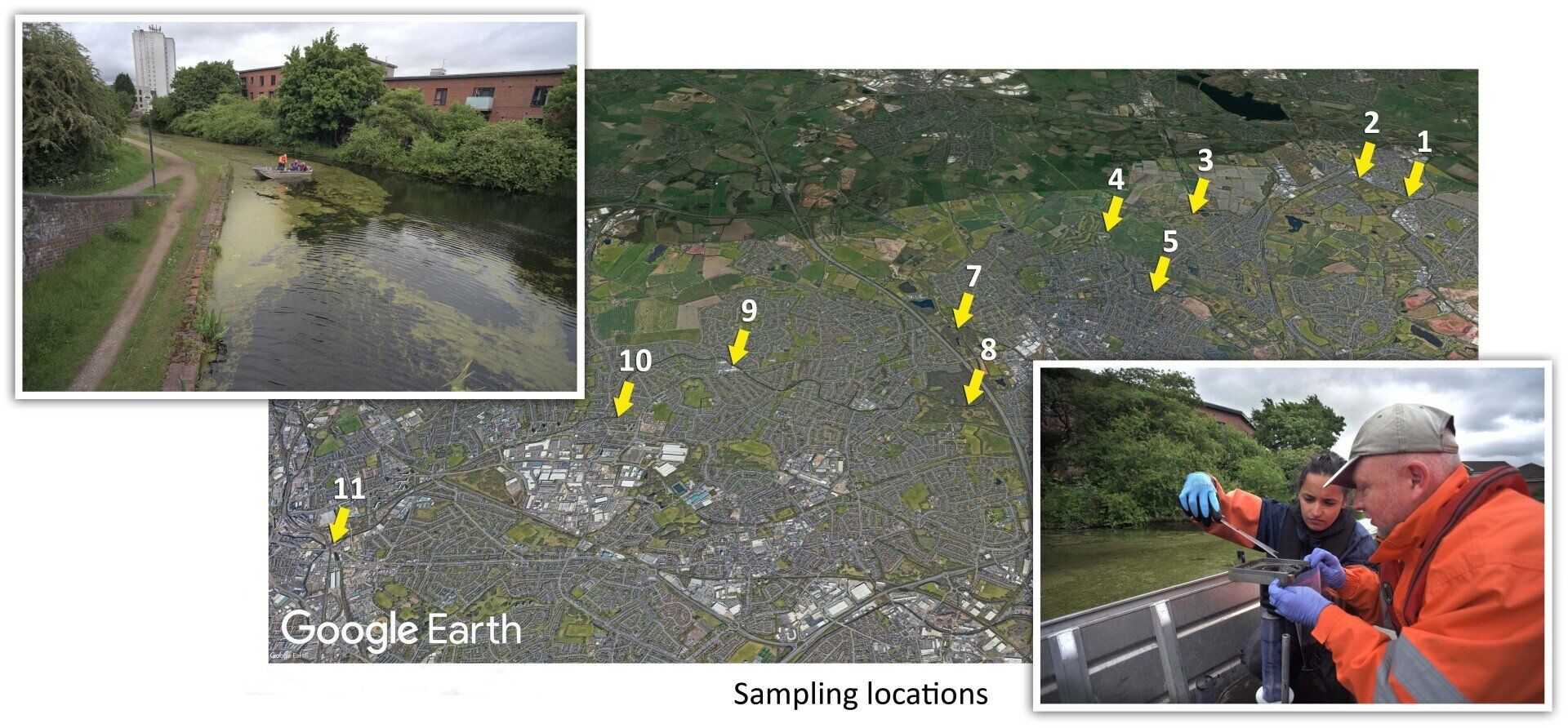
Client: Canal & River Trust
Date: May 2022
The Canal & River Trust (CRT) is investigating the impacts of nutrient loading on the presence of aquatic invasive species in the northern Birmingham Canal Navigations (BCN).
In order to better understand nutrient sources and determine whether or not the immobilisation of bio-available phosphorous in sediments would be effective in limiting the growth of filamentous algae and invasive macrophytes, the CRT wanted to prepare a nutrient balance for a number of systems within the BCN considering both external and internal phosphorous sources.
Work to quantify the external nutrient sources was commissioned to a leading UK consultancy, however determining internal phosphorous loading (i.e. releasable phosphorous) in sediments requires specialised analysis which is not widely undertaken by commercial labs. For this reason, CRT requested that LSI, which specialises in this type of analysis, to assess internal phosphorous loading within the BCN system.
The sampling took place at five locations along the Wyrley & Rushall canals. Two sediment samples (0-5 cm and 5-10 cm) were taken at each location and the physical characteristics noted (e.g. colour, odour, organic content etc).
The samples were then couriered to an accredited laboratory where relevant parameters were measured. In addition, a sequential phosphorous extraction (according to the Psenner procedure) was undertaken. Water samples were also taken at the same time at the same five locations where abiotic variables such as pH, electrical conductivity, temperature, redox, dissolved oxygen, and oxygen saturation were also measured.




